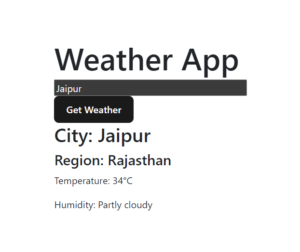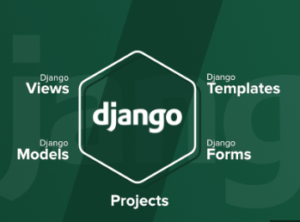Building a calendar application with Django involves creating a system to manage and display events and appointments in a calendar format. Here’s a general guide on how to build a calendar application with Django:
- Set up a new Django project:
- Create a new Django project using the
django-admincommand or a Django project template. - Set up a virtual environment for your project.
- Define the data models:
- Create Django models to represent the calendar, events, and any other relevant entities.
- For example, you might have a
Calendarmodel and anEventmodel with fields liketitle,start_time,end_time, anddescription.
- Configure the database:
- Configure your Django project’s settings to connect to a database backend of your choice, such as SQLite, PostgreSQL, or MySQL.
- Create views and templates:
- Create views and templates for displaying the calendar and handling event creation, modification, and deletion.
- Define URL patterns to map URLs to your views.
- Implement CRUD functionality:
- Implement Create, Read, Update, and Delete (CRUD) functionality for managing events.
- Create views and forms to handle event creation, editing, and deletion.
- Implement logic to display events in the calendar view.
- Add authentication and permissions:
- Implement user authentication and authorization to control access to the calendar and events.
- Use Django’s built-in authentication system or a third-party package like Django-Allauth.
- Implement permissions and access control to allow users to view, create, update, and delete events based on their roles or ownership.
- Implement calendar views and navigation:
- Create calendar views to display events in a calendar format, such as month view, week view, or day view.
- Implement navigation functionality to switch between different time periods or navigate to specific dates.
- Enhance the user interface:
- Use HTML, CSS, and JavaScript to enhance the user interface of your calendar application.
- Consider using front-end frameworks like Bootstrap or Tailwind CSS to streamline the UI development.
- Implement additional features:
- Extend your calendar application with additional features as needed, such as event reminders, recurring events, event categorization, or event sharing.
- Test thoroughly:
- Perform comprehensive testing of your calendar application, including creating events, modifying events, and testing different calendar views.
- Test with different user roles and permissions to ensure the application behaves as expected.
- Deploy your application:
- Deploy your Django application to a hosting platform of your choice, such as Heroku, AWS, or DigitalOcean.
- Configure the necessary settings, such as database connection, static file serving, and environment variables.
Remember to follow Django’s best practices for project structure, code organization, and security throughout the development process. You can also explore Django packages and libraries that provide calendar-related functionality to simplify certain aspects of the implementation, such as Django-scheduler or Django-calendarium.
Building a calendar application with Django allows you to create a versatile and customizable tool for managing and organizing events, appointments, and schedules. Customize the implementation based on your specific requirements and desired features.



